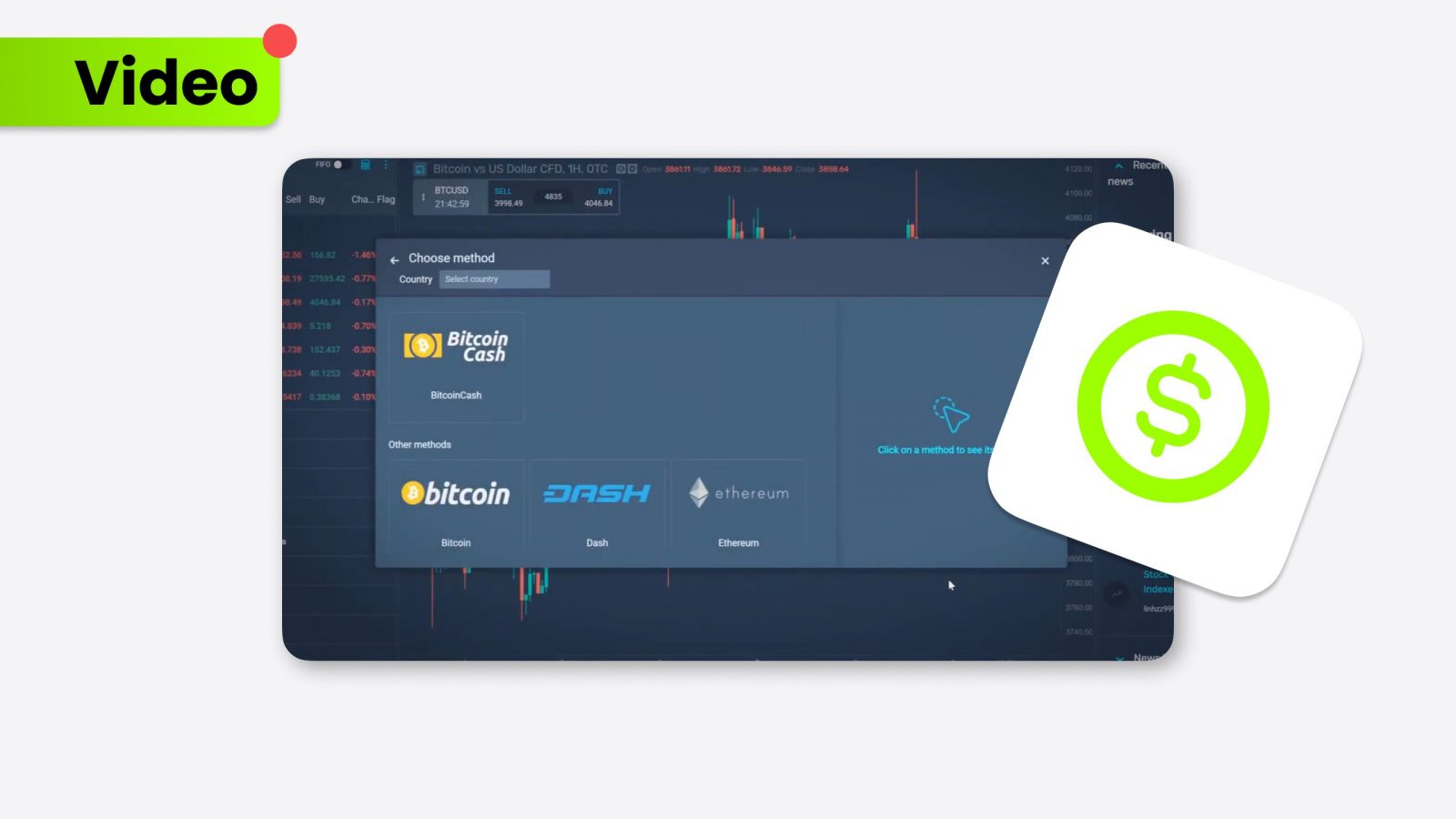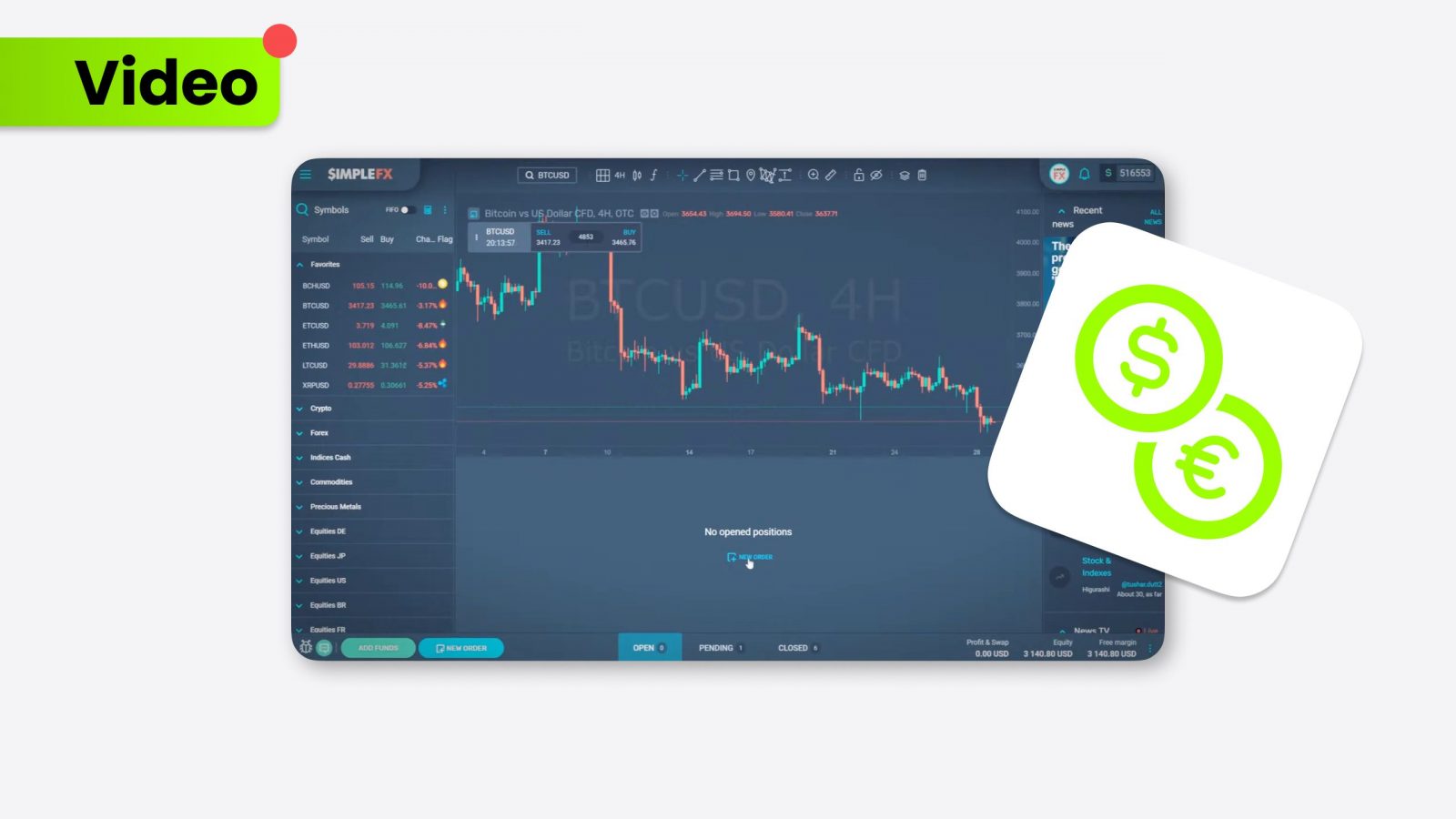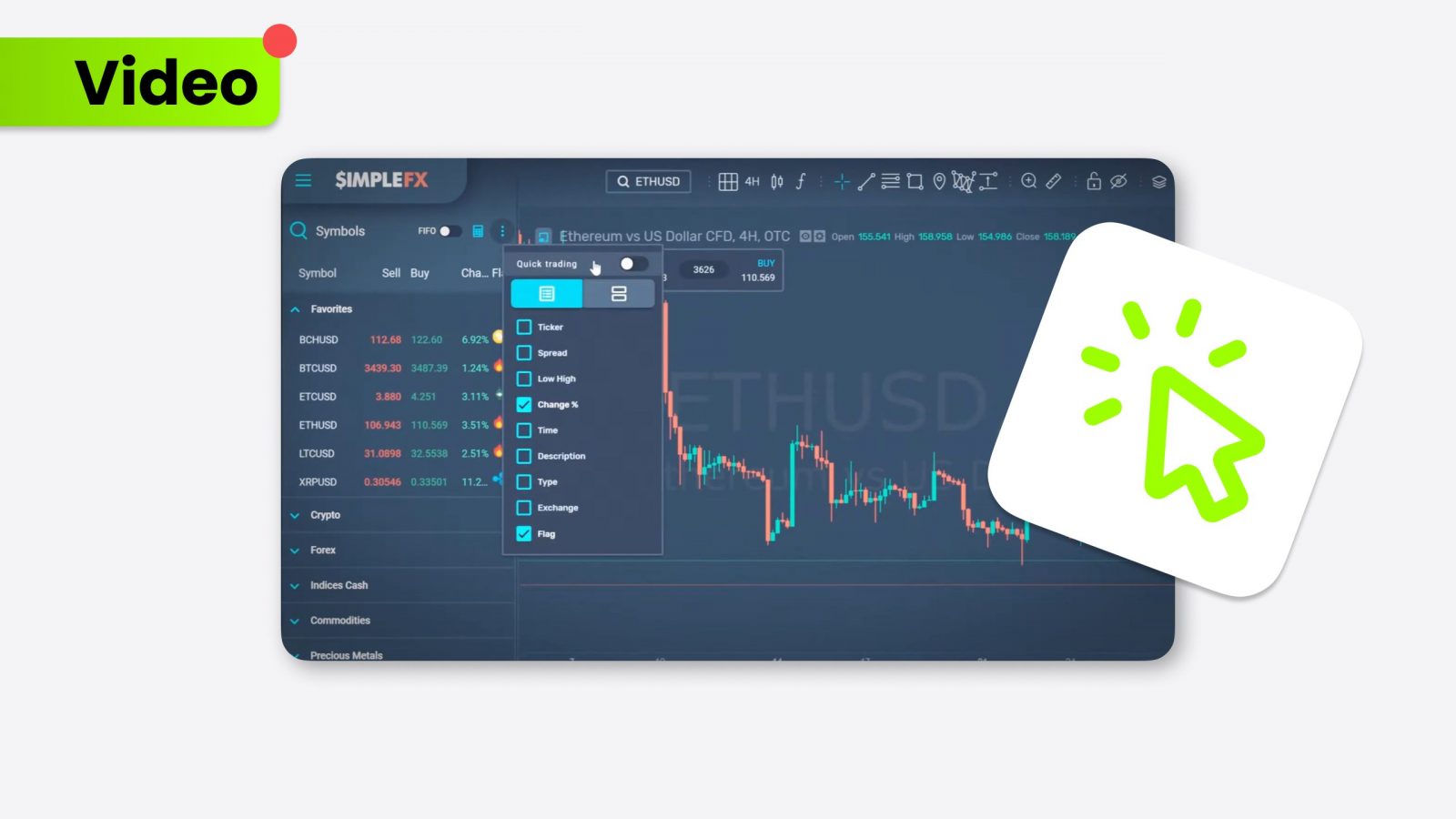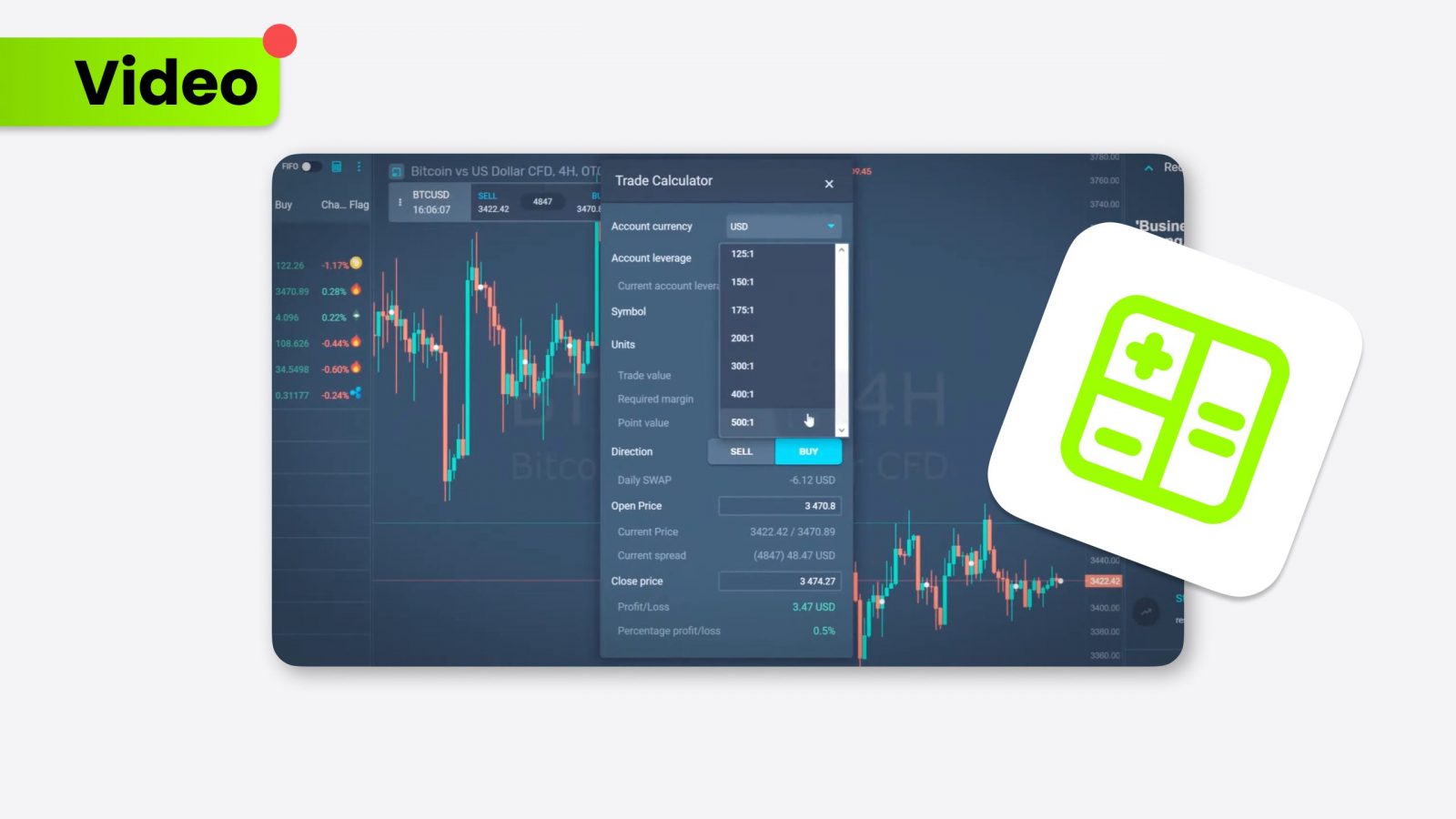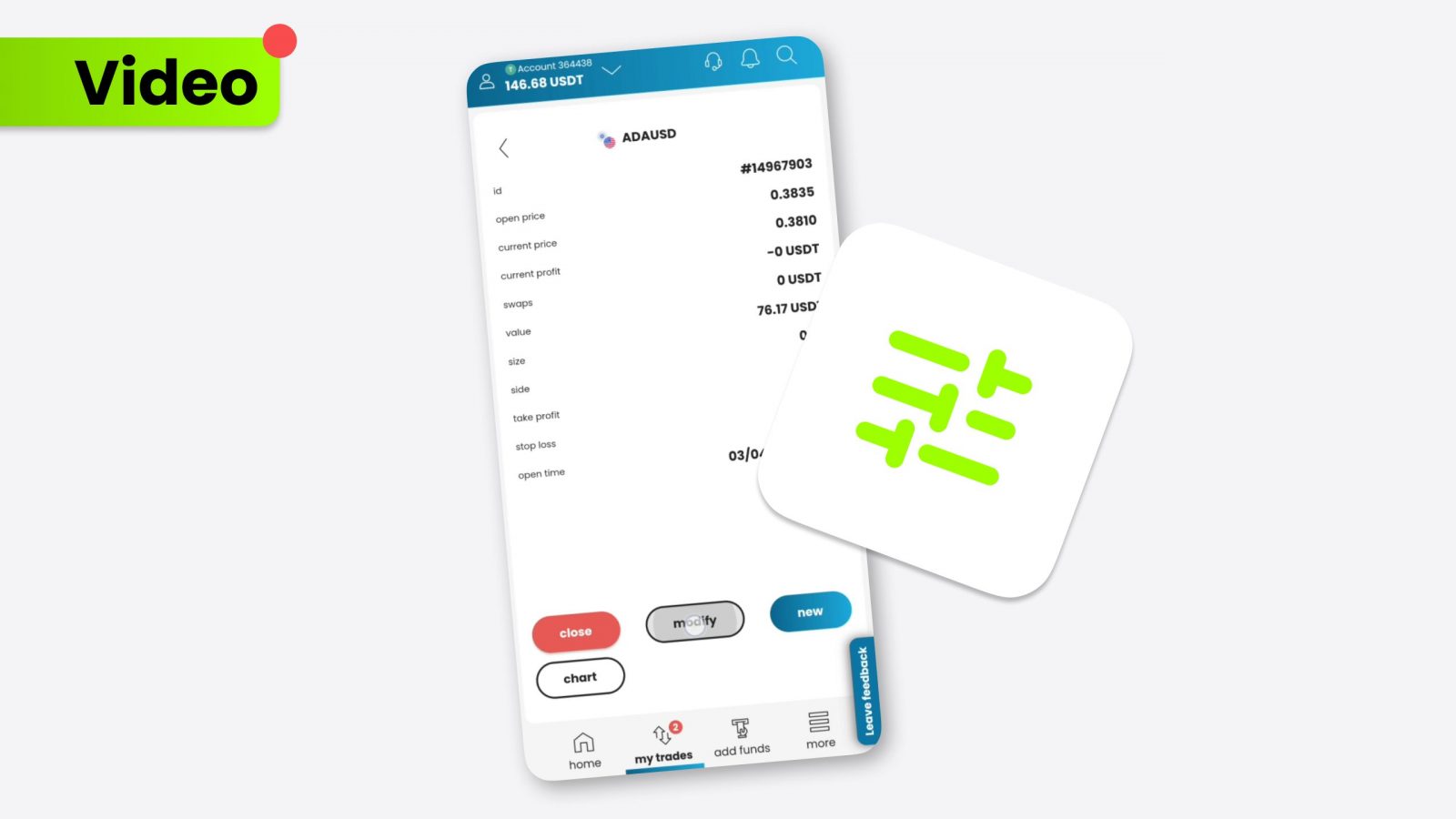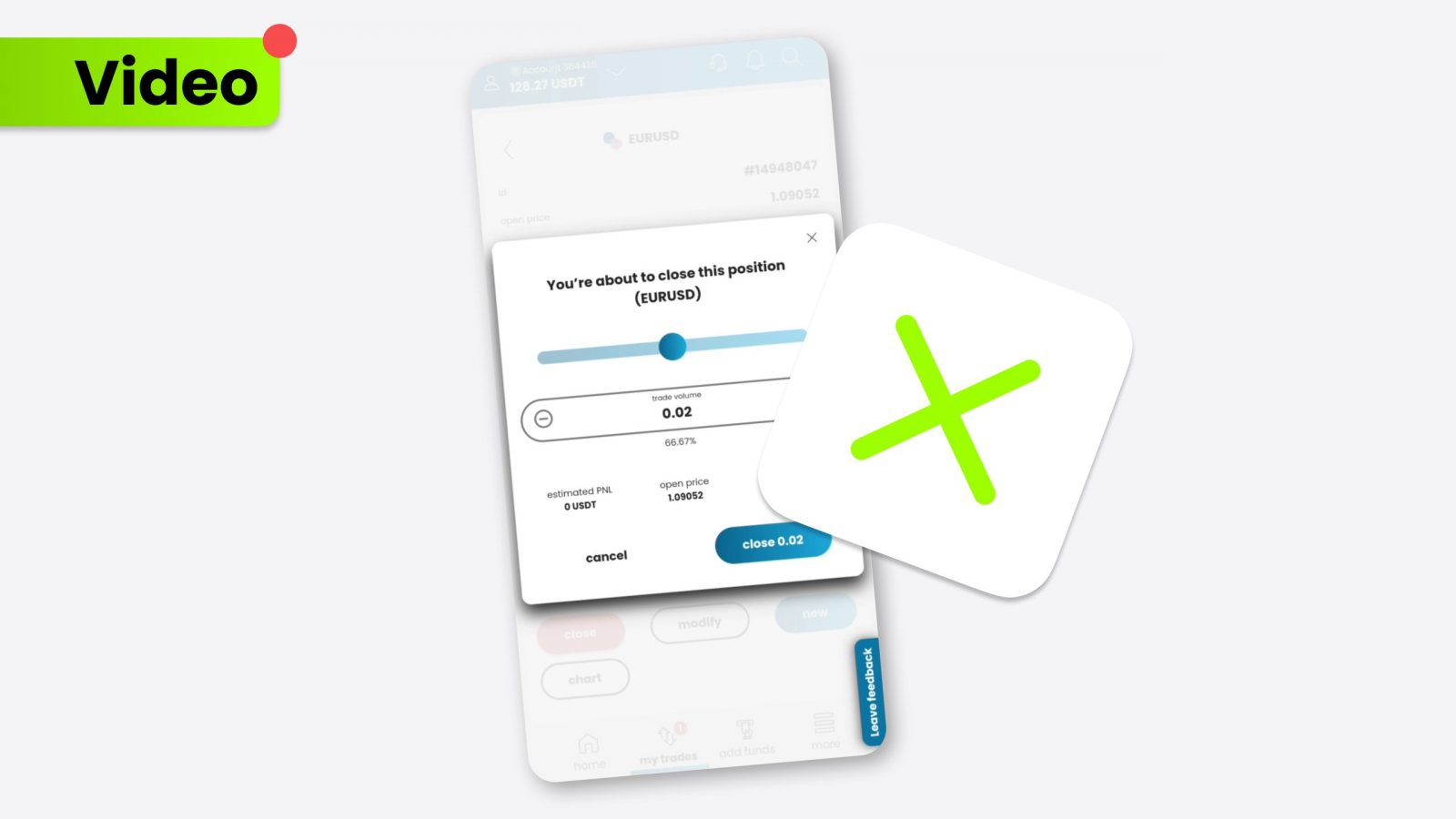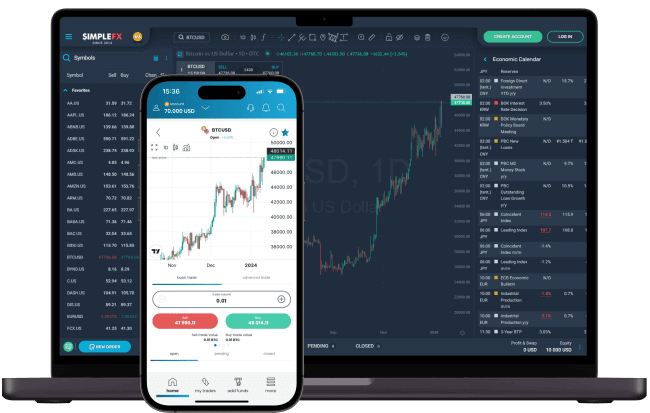The Consumer Price Index (CPI) is a fundamental gauge for measuring economic inflation. It tracks the change in prices of a basket of goods and services.
- The Consumer Price Index (CPI) is a critical measure of inflation, tracking changes in the prices of a basket of goods and services.
- CPI’s relationship with Non-Farm Payroll (NFP) figures showcases how inflation and employment levels are interconnected.
- In American markets, CPI is a key indicator for traders, especially in forex and indices trading.
Consumer Price Index (CPI): Definition
The CPI is a statistical estimate constructed using the prices of a sample of representative items whose prices are collected periodically. It’s vital to understanding inflation, as it reflects how price changes affect consumer spending.
Central banks, financial analysts, government bodies, and traders closely monitor Consumer Price Index movements to make informed decisions regarding interest rates, monetary policy, and economic health.
The index’s importance to inflation stems from its ability to provide a clear picture of purchasing power erosion over time. Inflation targets set by central banks often revolve around CPI readings, making it a critical indicator for economic stability and growth. Moreover, its comprehensive coverage makes it a reliable measure for adjusting wages, pensions, and taxation.
CPI and NFP
The CPI and Non-Farm Payroll (NFP) figures are closely linked, offering insights into the economic landscape. While CPI measures the change in prices consumers pay for goods and services, NFP accounts for total employment, excluding farm, government, private household, and non-profit organizations employees.
The relationship lies in how inflation and employment levels interact; high employment levels can lead to increased spending, potentially driving prices up and affecting CPI. Conversely, CPI trends can influence employment policies and wage negotiations, showcasing the nature of these indicators in economic analysis.
How Does CPI affect unemployment?
The CPI has a nuanced relationship with unemployment. As inflation rises, companies may face higher costs, potentially leading to layoffs if they cannot pass these costs onto consumers. However, moderate inflation can stimulate economic growth, creating more jobs. The balance is delicate, with policymakers trying to keep inflation within a target range to ensure stable employment.
Ingredients of Index Consumer Price
Index consumer price is composed of eight major groups:
- food and beverages,
- housing,
- apparel,
- transportation,
- medical care,
- recreation,
- education and communication,
- other goods and services.
Among these, food, energy, and core CPI (excluding food and energy due to their volatility) are particularly analyzed to provide a comprehensive understanding of inflationary pressures. These categories allow analysts to identify specific sectors experiencing price changes, enabling them to lock down targeted economic policies.
Consumer Price Index in trading
The CPI holds significant importance in the American markets, especially in forex and indices trading. Traders closely monitor CPI releases, as unexpected changes can lead to market volatility and offer trading potential. A rising CPI may signal increasing inflation, prompting traders to understand future central bank actions, such as interest rate hikes, which can strengthen the currency. On the other hand, a falling CPI suggests weak inflation pressure, potentially leading to monetary easing and a weaker currency. Understanding CPI trends is crucial for making informed trading decisions in the highly dynamic forex market.
Conclusion
The CPI is a vital economic indicator that provides essential insights into inflationary trends, economic health, and monetary policy direction. Its implications extend across various sectors, influencing employment, trading strategies, and government policies. Keeping updated on CPI changes is crucial for anyone involved in economic analysis, investment, and financial planning.







































